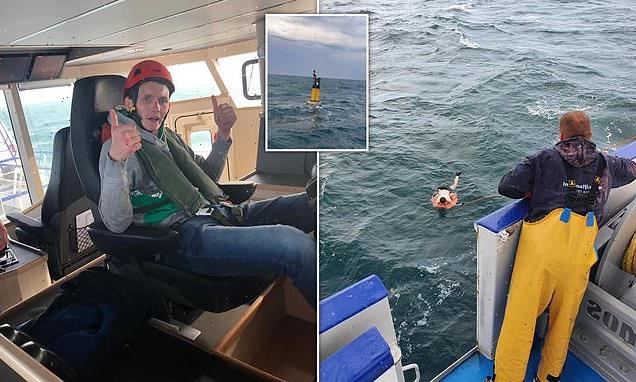The world is falling far short of its climate change goals, with “no credible pathway” in place to keep the global average temperature increase below 1.5 degrees Celsius, the United Nations reported Thursday.
Although a flurry of climate reports brought a glimmer of good news this week, the United Nations said only an immediate and “system-wide transformation” can deliver the enormous cuts needed to greenhouse gas emissions by 2030.
The reports are timed to get the attention of world leaders before the U.N.’s annual climate summit – COP27 – starts in Egypt on Nov. 6.
What do the groups say needs to happen? Slash emissions by as much as 45% by 2030 to curb rising temperatures and avoid catastrophic consequences from more intense and longer heat waves, droughts and other severe weather disasters. “Loss and damage from the climate emergency is getting worse by the day,” said U.N. Secretary-General Antonio Guterres.
What can people do? Eating less beef and pork, taking the bus, and protecting forests and mangroves are among many options suggested as ways to contribute to the systemic changes urged.
Can the world meet the goals? It’s an enormous challenge, but a vital necessity, said Petteri Taalas, secretary-general of the World Meteorological Organization. “We need to transform our industrial, energy and transport systems and whole way of life.”
Is the news all bad? No. Learn more about the findings below.
Greenhouse gases rising, but ozone hole improving
All three of the main greenhouse gases in the atmosphere — methane, carbon dioxide and nitrous oxide — reached new highs last year, the World Meteorological Organization reported this week. Methane concentrations saw the biggest yearly increase since regular measurements began 40 years ago and carbon dioxide levels were higher than average over the past decade.
“We are heading in the wrong direction,” Taalas said.
Meanwhile, there was good news in the stratosphere: The ozone hole over Antarctica continued a declining trend, the National Oceanic and Atmospheric Administration said Wednesday.
Fall election in the U.S.: Climate change is on the ballot in the midterm elections: Here’s what’s at stake.
Not enough progress on emissions
The 2030 emission projections improved slightly over last year and emission increases could stop entirely by 2030. However, the WMO said the drastic reductions are needed because those changes alone won’t curb the rising trend in temperatures that could bring nearly a 6-degree Fahrenheit increase by 2100.
Is the world prepared?: Extreme heat waves may be our new normal, thanks to climate change.
The United Nations Children’s fund reported that up to 2 billion children could face more frequent heat waves by 2050, whether or not the world keeps warming below 1.7 degrees Celsius by 2050.
How climate affects health: How climate change is hurting Americans’ health – and what experts suggest we do about it
Progress on emissions has been “nowhere near the scale and pace” required, stated Simon Stiell, UN Climate Change executive secretary.
‘Report card’ finds progress too slow
The use of zero-carbon energy sources like wind and solar is growing, but the percent of electricity produced by renewables isn’t, concludes a non-U.N. report by the World Resources Institute and seven other organizations. The report says that is because electricity generation overall is increasing.
In total, their “State of Climate Action 2022” report card looked at 40 indicators, accounting for about 85% of all greenhouse gas emissions globally and couldn’t find any on track to meet 2030 targets.
They found:
27 moving in the right direction but far too slowly
8 that couldn’t be tracked
5 that need U-turns, including miles traveled by passenger cars, fossil gas used in electricity production and the loss of mangroves, which store carbon and protect shorelines.
Protecting forests: Trees can’t outrun climate change. Should humans give them a lift?
The group found a few “encouraging signs.” Solar generation, for example, grew by 47% between 2019 and 2021 and electric vehicles account for almost 9% of passenger car sales.
Is there any more positive climate news?
The good news is that the world is already on the path to decarbonization and isn’t starting from zero, said Bruce Usher, a professor of climate and business at Columbia University.
“We have these new climate solutions, primarily renewable energy and electric vehicles, that are already commercially competitive and available at scale,” said Usher, who will be attending COP27.
Catastrophe is by no means inevitable, he said. “It’s absolutely not hopeless. There’s a very clear path to keeping temperature rise below 2 degrees Celsius, it’s absolutely feasible. We have the technology and we have the investment. What we’re lacking is the will.”
Contributing: Elizabeth Weise
This article originally appeared on USA TODAY: Climate change reports before COP27: World heading ‘wrong direction’
Source: Read Full Article


